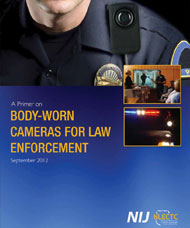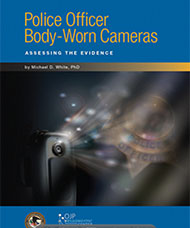MENU
JUMP TO
Most studies on body-worn cameras (BWC) and leaders that have implemented programs in their jurisdiction highlight the need for comprehensive written policies prior to launching a BWC program. Although the policies should allow for flexibility as the program and technology evolve, it is critical that officers, key stakeholders, and the public at large define and have access to clear and consistent guidelines that address when and how video is captured, when the video is viewed and discarded, and with whom and under what circumstances the video is used and shared. Beyond these operational and privacy considerations, agencies must also adopt protocols that provide for system security and equipment sustainability.
In this section, you will find local- and state-authored policies and resources as well as broader recommendations and model policies.
BWC Podcast Series
For more about these topics, please check out the BWC Podcast Series.
Subject Matter Experts Share
See the YouTube Terms of Service and Google Privacy Policy
Featured Resources
NIJ BWC Primer
NLECTC published a primer that answers basic questions about body-worn cameras and implementation issues
10 Limitations of Body Cameras
The Force Science Institute describes limitations to police-worn body cameras for consideration when developing policy, protocols, and training
Study Assesses Evidence
OJP Diagnostic Center publishes an assessment of the evidence to inform conversations about the impact, perceived benefits, and important considerations of using police-worn body cameras
BJA Expert Panel
Justice professionals representing law enforcement, courts, prosecution, public defense, labor organizations, and advocates for privacy, victims, and juveniles initiated Toolkit discussions






